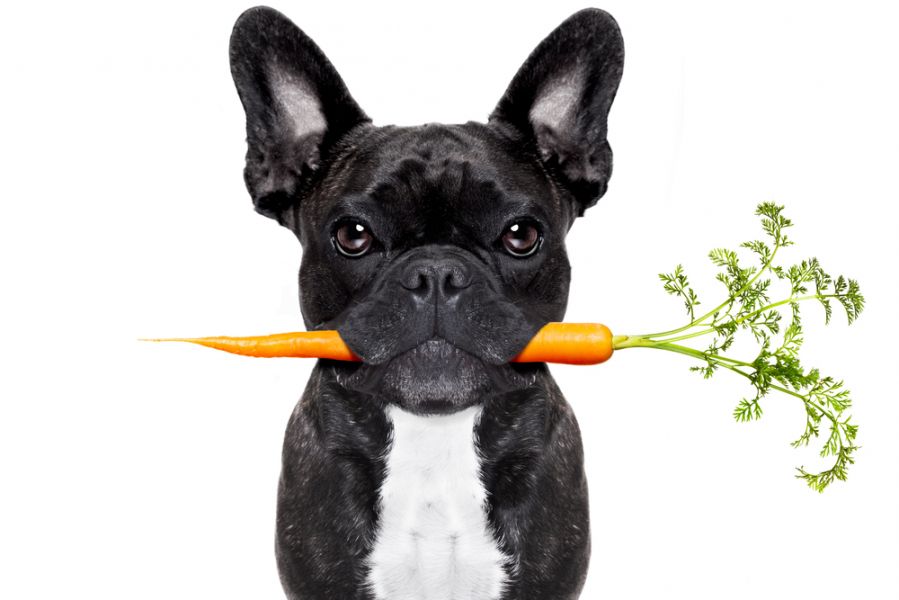
Did you know that the leading health threat for your pet is obesity? With 55% of dogs and 60% of cats tipping the scales as overweight or obese, those few extra pounds can quickly pile up into a multitude of health problems. Overweight dogs and cats are prone to arthritis, heart disease, kidney disease, diabetes, high blood pressure, cancer, joint and bone issues, and shorter life spans.
How do you know if your pet is overweight?
If you can’t feel your pet’s ribs without pressure or your pet has trouble reaching around the body to groom, your pet is overweight. You may also notice a sagging belly, a broad or flat back with no visible waist, and shortness of breath.
Your next visit to the clinic is a great time to talk with your veterinarian about your pet’s weight. Your vet can assess your pet’s overall body health with a complete physical exam and a scale similar to the body mass index for people. On the five-point scale, obese pets score the highest. A healthy weight for your pet usually falls within the 2.5 to 3 range. A pet with a score of 4 is considered overweight, and a pet with a score of 5 is considered obese.
Some pets have medical conditions such as hormonal imbalances that lead to weight gain. Fairly common in both dogs and cats, your vet can identify these issues through lab work and recommend specific strategies to help your pet reach a healthy weight range.
Help your pet shed extra pounds
Scheduled meals – Overfeeding is one of the greatest contributors to overweight pets. Planning a feeding schedule (and sticking to it) is essential to helping your pet maintain a healthy weight. Your pet can’t open the refrigerator, so it’s important for your family to have a conversation about treats and table scraps. To put things into perspective,1 small cookie for a 20 pound dog is the equivalent of 1 hamburger for an adult. Those extra treats throughout the day all add up to unwanted pounds over time. Many pet treats contain added sugar, so if you do give treats, offer healthier options and limit the number of treats per day.
Daily exercise – Just like us, your furry family members need to stay active to maintain their weight. At least 30 minutes of interactive play time is recommended for all pets. Outdoor exercise can include daily walks, playing fetch, or throwing a frisbee. Indoor exercise (especially for cats) can include playing hide and seek, laser pointers, climbing the stairs, and introducing new toys and games. As part of your pet’s daily routine, exercise helps stimulate blood flow, promotes healthy joints and muscles, and helps your dog or cat maintain a healthy weight.
How to prevent pet obesity
When it comes to preventing disease and helping your pet live a long and healthy life, what and how much you feed them is at the top of the list. If your pet is already overweight or you notice their weight is increasing, talk to your veterinarian about a recommended diet for your pet, including the type and amount of food and frequency of feedings. The goal is to help your pet reach and maintain a healthy weight before serious health issues set in, and ensure many more happy years together.


